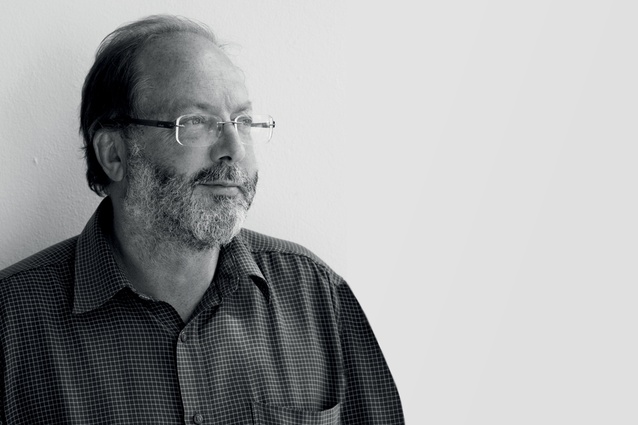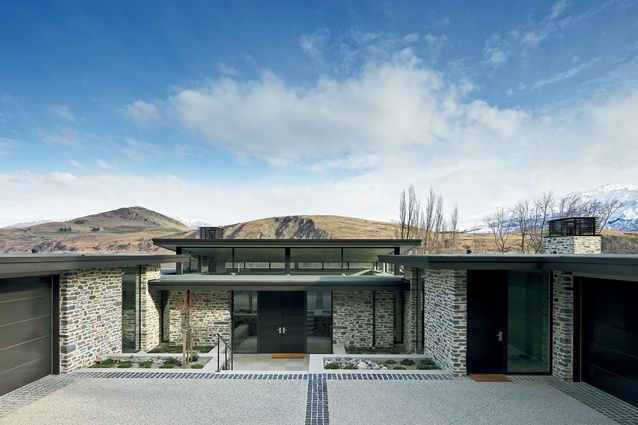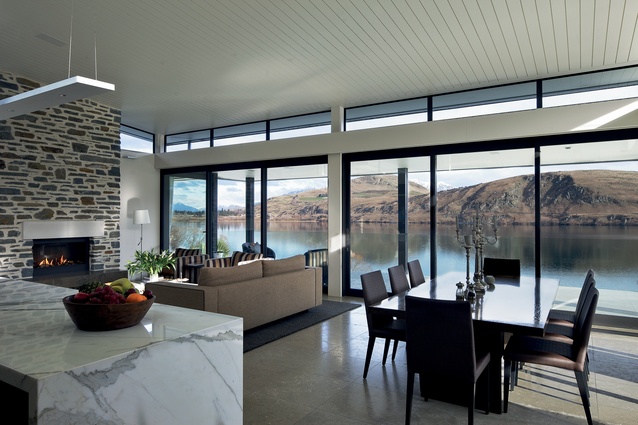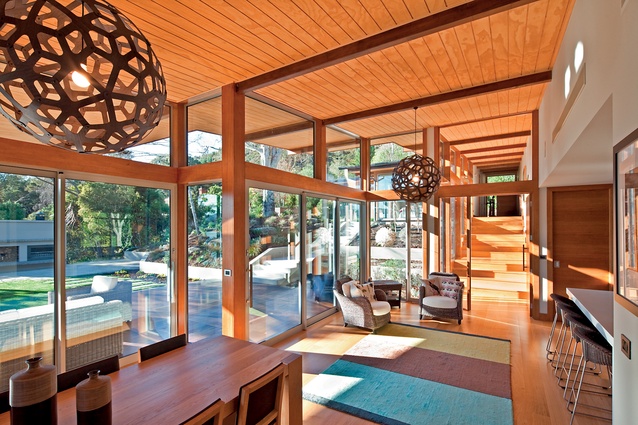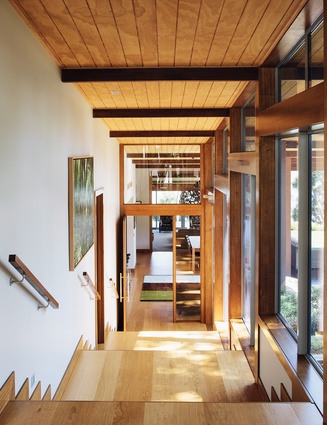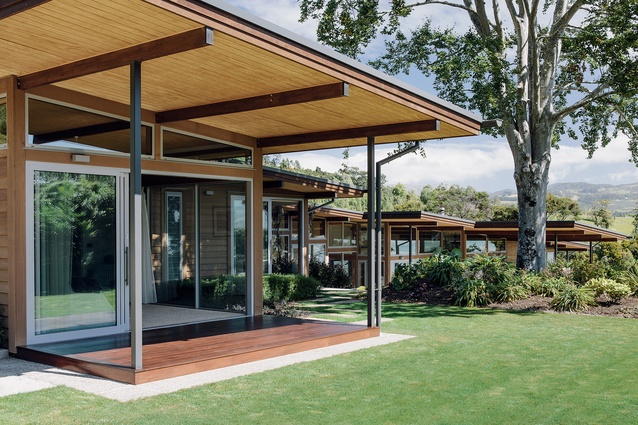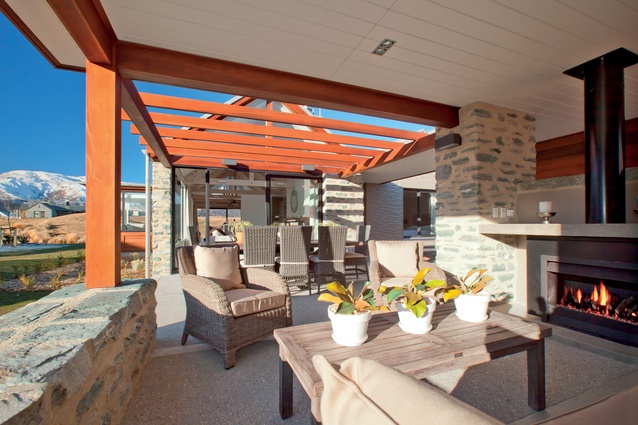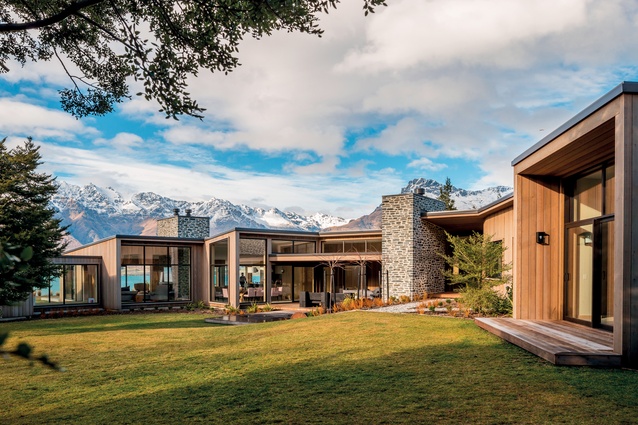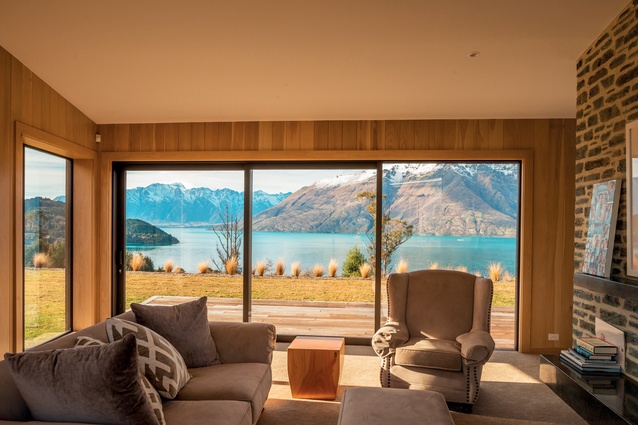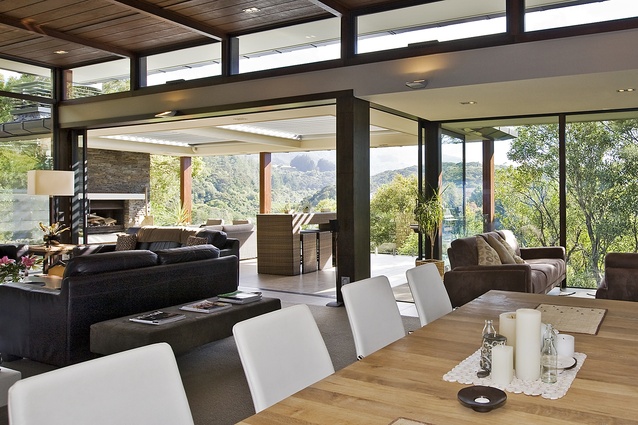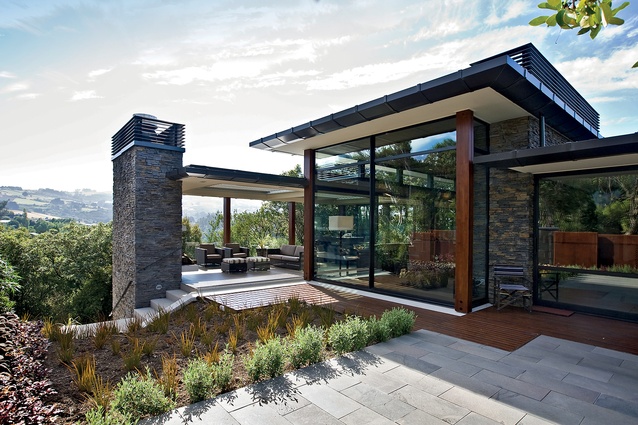Architect interview: Francis Whitaker of Mason & Wales Architects
Houses editor Justin Foote talks to Francis Whitaker of Mason & Wales Architects about a life spent in architecture.
Justin Foote: Were you exposed to the profession of architecture as a child?
Francis Whitaker: Yes, my mother had Peter Bevan design our first home when I was a small child. This was soon followed by another home she designed herself, with a huge rock garden and extensive sloping lawns, which her three sons had to mow. In my last years at high school, she commissioned Ted McCoy to design yet another house, this time overlooking the golf course, where her boys could pursue the ‘great game’ more completely.
Then, at the moment of finishing architectural school, I was given the great challenge of designing her last house in Alexandra. The site was positioned on the edge of a cliff, looking down a rocky gully to the Clutha River as it flowed out in the distance from the Clyde Dam.
JF: Like many Kiwi architects, you completed an OE. What did working overseas teach you about New Zealand?
FW: The overseas experiences were incredible, because so much of it was anticipated and known, but for the first time, seen. Nearly all my experiences were so much more than I could ever have imagined. I could see how astonishing culture and civilization was, and how tiny, but lovely New Zealand was, on my return. The best place of all, of course, being Dunedin with its scale, charm and sense of place that reflects our origins and history.
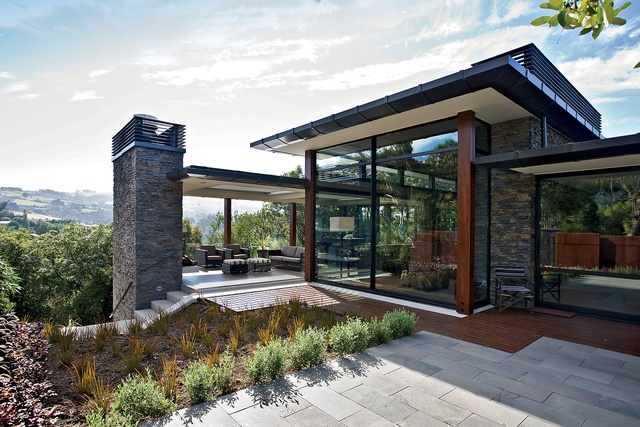
JF: Founded in 1863, Mason & Wales is the oldest architectural practice in the country. Does that sense of history impact on you in a conscious way?
FW: I first met my neighbour, Niel Wales, the senior partner, and grandson of one of the founding partners of the firm, when aged 11, having shot a golf ball through his kitchen window. After architectural school I played quite a lot of golf with both Niel and Ted McCoy. The history of the firm creates a strong sense of connection, respect and commitment to the making of architecture, not only in Dunedin but in the Otago region and throughout New Zealand. It was thrilling to recently win the competition for the new club house for the Christchurch Golf Club.
I believe the sense of history of Mason & Wales, has strengthened the respect for our heritage, and our design reflects the form and character of the original building, whilst also increasing its function and vitality.
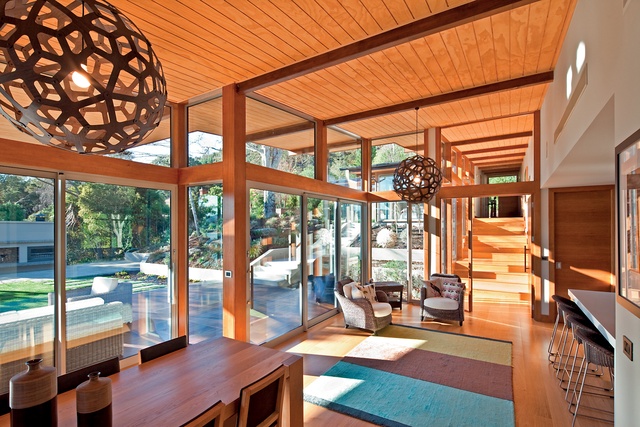
JF: Affordability, sustainability, adaptive reuse, zero net energy, these are all concepts gaining ground with the general public. In your opinion, what is the most important issue facing architecture now?
FW: All of the issues mentioned are highly relevant to the practice of architecture, and quite rightly these are gaining ground in the public view. From the beginning of time, vernacular architecture has used the techniques necessary for buildings that are just so. We learn from smaller, more affordable buildings that use natural and sustainable materials, and this is reflected in our work.
In my opinion, the most important issue facing architecture in New Zealand right now, is not so much in the making of the buildings, because technology and awareness in design continue to strive in constructive ways, but rather the issue of how local communities can protect their existing populations, resources and amenities, and thus reduce the endless pressure placed on larger centres like Auckland.
After all, the rest of the country abounds with more affordable land and housing, and provides wonderful living environments in the south such as Alexandra and Oamaru. The real issue is employment, and the need to encourage and provide greater opportunities within the regions.
JF: Which of your projects would you say has had the most impact on you either on a personal or professional level?
FW: The greatest impact for me in my personal and professional life does not sit with one particular project, but is to have been able to work so extensively in the outstanding physical environments of coastal and inland Otago. The impacts of each project are incremental and you learn from the ones that give a greater sense of satisfaction. In a way, the house at Closeburn has a great sense of belonging, power, elegance and calm.
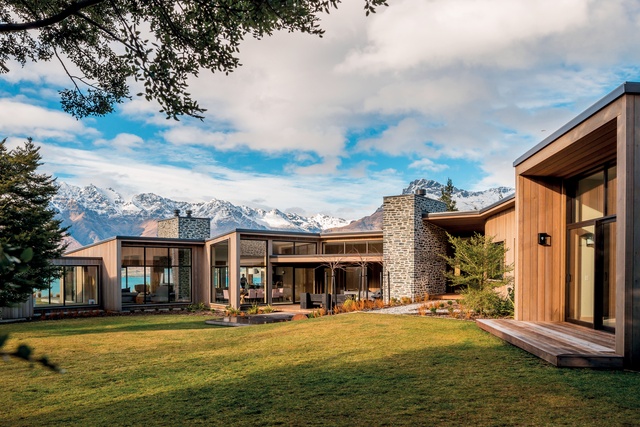
JF: Your daughter, Ruth, also works at Mason & Wales. How long has she been with the company; and how does it feel, personally and professionally, to have a child follow you into the profession?
FW: Ruth has been working with Mason & Wales for the last three years, following her architectural studies at Melbourne University, and two years in an architectural office there. It is wonderful to work with and see younger architects develop their skills. This is of course especially so for my daughter. She is currently managing three house projects along the Otago coastline just north of Dunedin. It has been a delight to see her skills in the design, illustration and documentation of these, and to see her personality and enthusiasm flow into these projects. Ruth also contributed to the design of, and completed the documentation for, the Closeburn project.
JF: Do you have any advice for someone who’s starting out that you wish you had received when you were in that position?
FW: My advice for someone starting out is to find a good working environment, where you can learn, be supported and encouraged. Be confident and not afraid to explore and promote your ideas.

